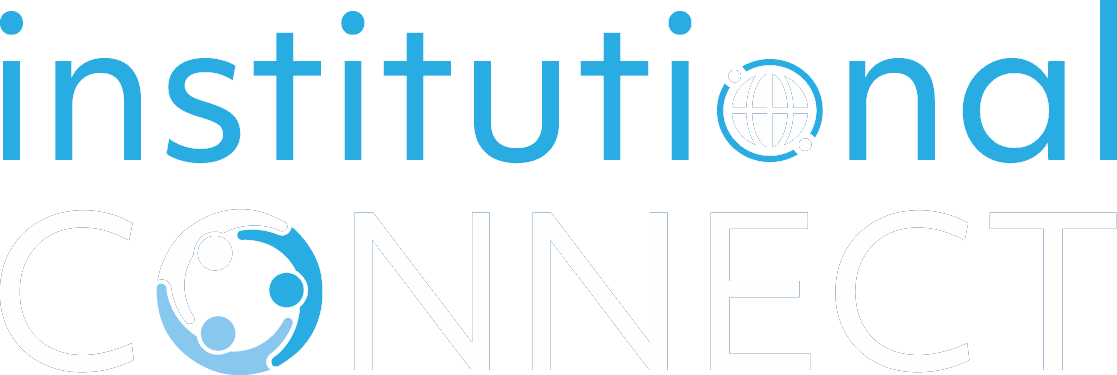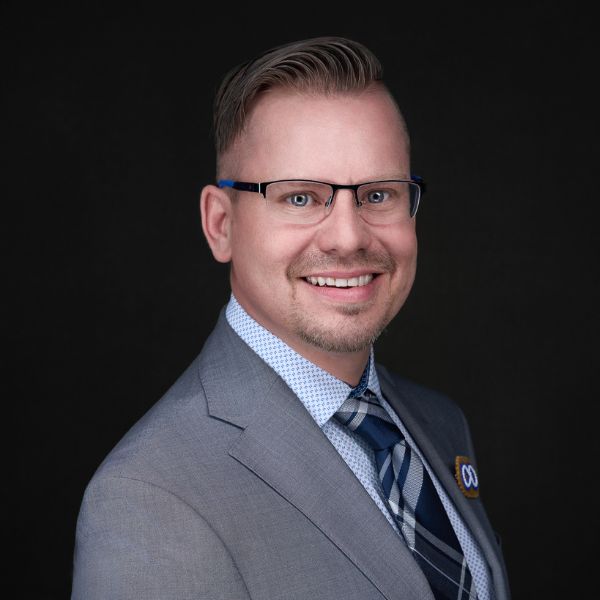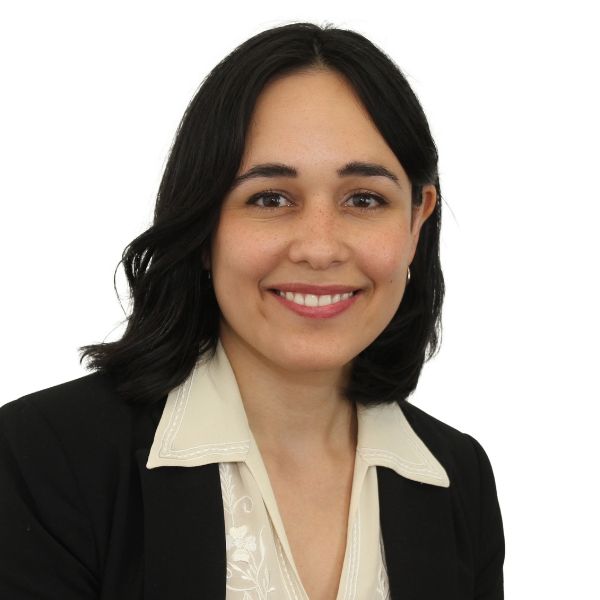Energy Transition and Engaging
Indigenous Communities
Many institutional investors incorporate ESG and energy transition as their investment strategies. Engaging indigenous communities is a core component of energy projects. In advance of Institutional Connect West Forum (June 14 – 16, Calgary), Justin Bourque, President, Athabasca Indigenous Investments, (which organization represented 23 First Nation and Métis communities in acquiring non-operating interest in seven Enbridge-operated pipelines in northern Alberta), and Rosa van den Beemt, Director, Stewardship, Responsible Investment, BMO Global Asset Management, provide comments on how investors best approach engagements with indigenous communities in their investments.
Justin Bourque: Indigenous communities play a critical role in the energy transition – that role comes in many forms, as partners, owners, advocates, influencers, risk mitigators and more. The reality is, there are compelling and tangible circumstances that are setting the stage for more than just “Indigenous inclusion” in resource and energy development. Indigenous Participation is becoming the new standard course of business and should be a key consideration for investment decisions as the positive outcomes stretching far beyond the ESG realm.
The global systematic approach to ESG and its shift in business performance to be more than just financial has provided an alignment with Indigenous values of sustainability and community development. Creating allyship where historical conflict once prevailed and has creating an ecosystem for Indigenous communities to be more then just included, it has given an opportunity to be active, to be vested and to be valued in partnership.
Rosa van den Beemt: We see indigenous communities and reconciliation as key to a successful energy transition. Globally, indigenous people protect close to 80% of the planet’s biodiversity and own, occupy or use 25% of the planet’s surface area. There is already rapid expansion underway to mine for the critical minerals necessary in electrical batteries, solar panels and wind turbines to support the energy transition, and Canada has positioned itself as a key global player in critical minerals mining. With many producing mines and exploration sites located within a 200km radius of Indigenous communities, Canada’s energy transition goals will only be achieved through partnerships with Indigenous communities and land stewards.
As Justin mentioned, Indigenous communities are also employees, suppliers, consumers, investors and equity partners. For example, the mining sector is the largest private sector employer of Indigenous people in Canada, and the oil and gas sector has been leading developing equity partnerships with Indigenous Peoples. Indigenous communities also own, co-own or have financial benefit agreements in place for close to 20% of Canada’s electricity generating infrastructure. We are encouraged by increased Indigenous representation on Canadian corporate boards: having Indigenous expertise to oversee decision-making will broaden perspectives, decrease risks and increase opportunities for successful partnerships and reconciliation.
Justin Bourque: Typically, climate change and the Environmental aspects of an investment has garnered the line share of focus for investors, given its data centric, and scientifically supported. However, we need to bring the same focus to all aspects of ESG. It is important to understand that Indigenous participation can and will positively influence more than just the social outcomes. In Fact, Indigenous participation crosses all aspects of ESG in some way. Taking the time to understand the company’s Indigenous strategy and how inclusion is structured, will shed light into the intention, commitment, and overall culture of the company. All corporations are willing and able to talk the talk, but are they truly ready to walk the walk? It is worth quantifying and ensuing it is not a box checking exercise, and that there is genuine intention with tangible outcomes. This will lead to a more rounded assessment of ESG performance than just the carbon footprint and increase the value of the investment dollars.
Rosa van den Beemt: As Justin mentioned, ESG data currently doesn’t have easy indicators to understand how well companies are integrating indigenous perspectives. In general, institutional investors can encourage companies to enhance their reporting on how they are contributing to the Truth & Reconciliation Committee’s Call to Action #92 and the Calls to Justice in the Final Report of the National Inquiry into Missing and Murdered Indigenous Women and Girls. Such reporting can include what they are doing to increase indigenous representation throughout the organization, how they are enhancing indigenous access to products and services and whether they are forming partnerships with indigenous suppliers and communities. When it comes to the energy transition specifically, institutional investors can ask more in-depth questions to companies on how the board and management are integrating indigenous perspectives and educate themselves on what good equity partnerships look like. While best practices are continuously evolving, we share ten questions institutional investors can ask, in our article here: Indigenous Rights during the Low-Carbon Transition (bmogam.com).
Institutional investors can also advocate for getting explicit Indigenous-related KPIs tied to sustainable lending vehicles or bond frameworks and advocate for policy changes that support active participation of Indigenous People in resource development decisions.
Justin Bourque: Indigenous communities benefit from energy development in a number of ways. Which way, and how much of an impact depends on the proponents Indigenous Inclusion strategy and they willingness from both the proponent and Indigenous community to collaborate and work in tandem to harvest the potential. The spectrum of benefit could range from employment opportunities, to supply chain and contracting involvement all the way up to equity ownership. The scale in which these benefits are realized is also varying from and individual basis as it relates to employment opportunities, to time bound economic stimulation by way of Indigenous supply chain initiatives and contracting, to long term generational benefits that are seen in equity participation.
In the equity scenario, the benefit for communities to have the economic capacity to develop their communities where and how needed is liberating. It creates sovereignty and supports reconciliation efforts in ways employment and contracting cannot. It allows for balance sheet growth, an opportunity for continued investments and strengthens communities that have been short handed for generations. Importantly, Indigenous investment in energy development provides economic benefit for more than just the Indigenous participants. It builds community resilience, it decouples reliance and the economic benefit from these investments spills out from the Indigenous communities and into the neighbouring towns and cities. It localizes and strengthens economies and will increase development capability and create influential communities throughout Canada.


